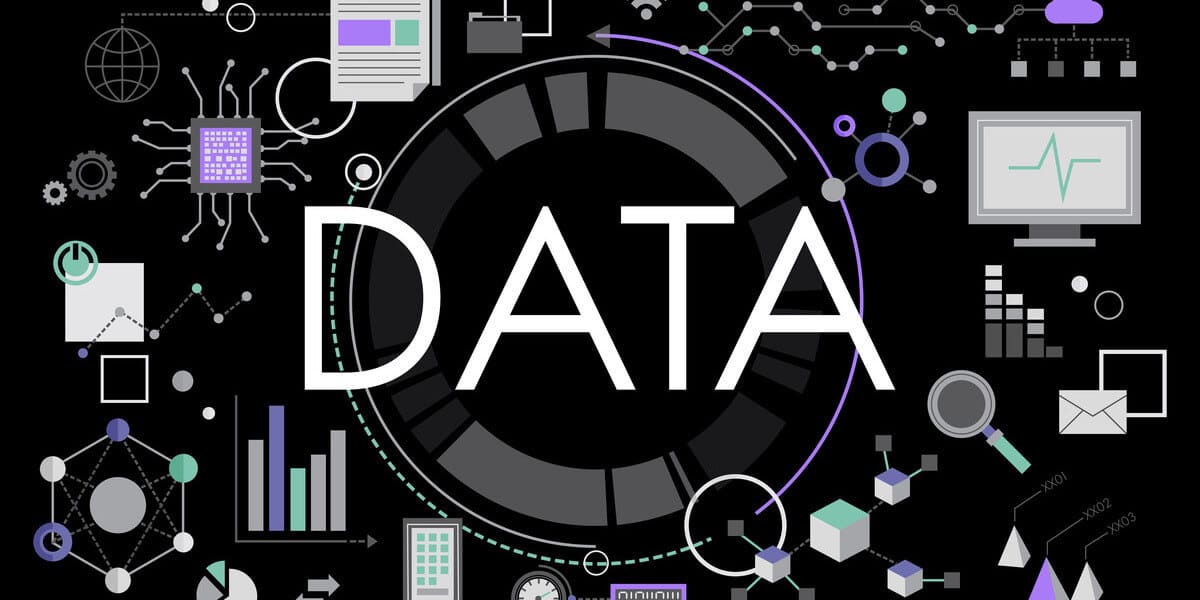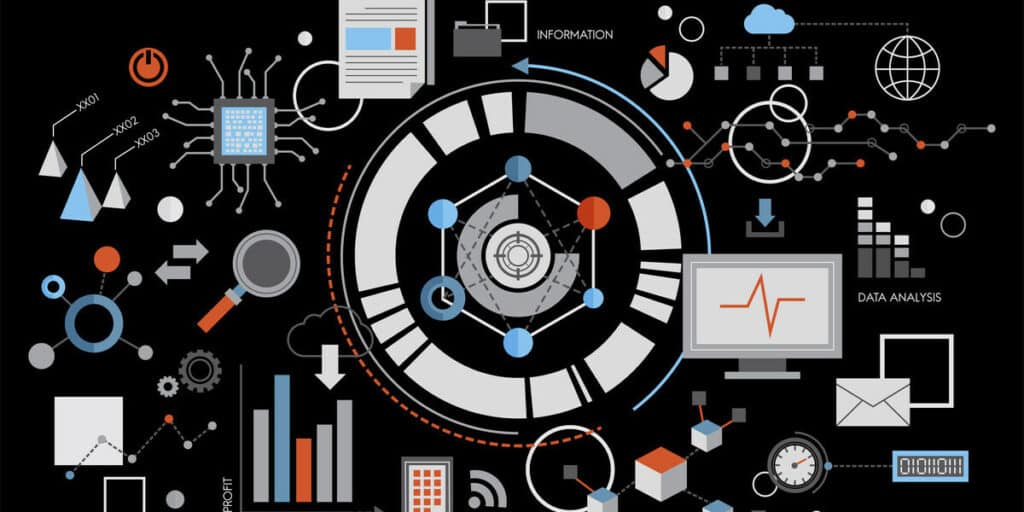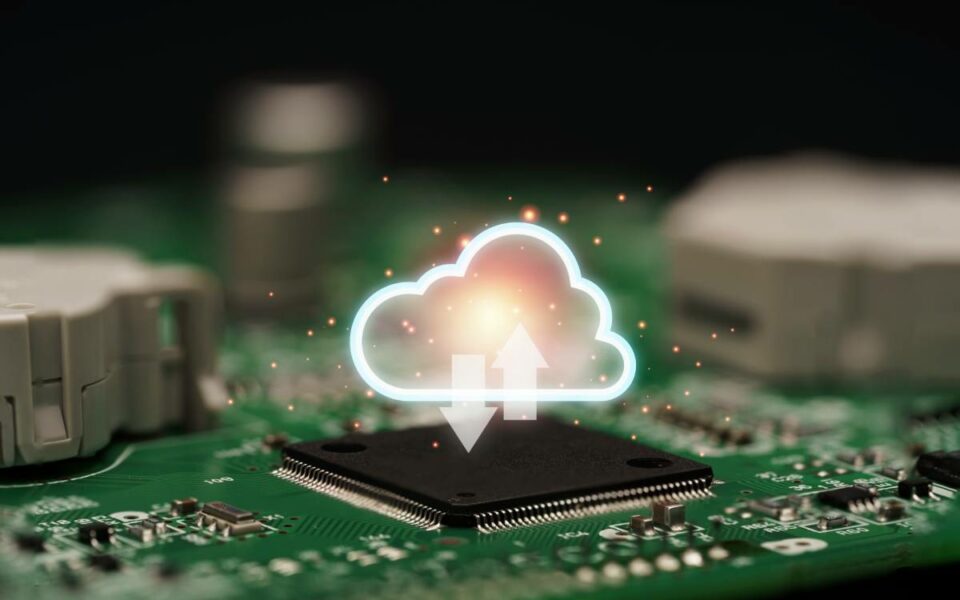
Low-Code and No-Code: A Revolution in Software Development?
10 October 2025
Creating Mobile Applications from Scratch
10 October 2025
What Is Data Science and Why It Matters
Data science is the backbone of modern business strategy and technological progress. It combines programming, statistics, and domain expertise to extract actionable insights from vast datasets. As the data landscape expands, organizations increasingly rely on data science to innovate, reduce risk, and gain a competitive edge.
From predicting customer behavior and detecting fraud to personalizing healthcare and optimizing logistics, data science enables smarter decisions and drives digital transformation across every sector.

The Rising Importance of Data Science
Demand for data science expertise continues to grow globally. Businesses now view data as a strategic asset, essential for informed decision-making and operational efficiency.
Key forces driving this evolution include:
-
Exponential Data Growth: The world generates more data than ever, requiring advanced tools to manage and interpret it effectively.
-
AI and Automation: Artificial intelligence and machine learning enhance data analysis, prediction, and process optimization.
-
Strategic Value: Companies use analytics to discover new revenue streams and improve customer engagement.
As a result, data science is shifting from a specialized field to a fundamental driver of innovation across industries.
Top Data Science Trends Transforming Analytics
1. Augmented Analytics: Making Insights Accessible
Augmented analytics uses artificial intelligence to automate time-consuming parts of the analytics process – from cleaning and preparing datasets to visualizing results. By combining machine learning and natural language processing (NLP), it enables users to query data conversationally and receive instantly generated insights.
Instead of relying solely on data scientists, business professionals can now identify trends, anomalies, and key drivers through simple interfaces. This democratization of insight speeds up decision-making and ensures that analytics supports everyday business operations, not just long-term strategic planning.
2. AI and Machine Learning as Core Engines
AI and ML have evolved from experimental tools into foundational technologies of modern data science. They enhance predictive models, automate data classification, and enable natural language understanding, image recognition, and recommendation systems.
Organizations use ML-driven algorithms to forecast demand, detect fraud, and optimize operations in real time. Deep learning architectures are further pushing boundaries in unstructured data analysis – making sense of text, voice, and video streams. As AI continues to integrate with cloud platforms, analytics is becoming more autonomous, adaptive, and accurate than ever before.
3. Data Democratization and Literacy
Data democratization ensures that valuable insights are not locked in specialized teams but are accessible across the entire organization. Self-service BI tools, drag-and-drop dashboards, and AI-powered assistants enable employees to explore data independently.
However, true democratization also requires data literacy – the ability to interpret, question, and apply findings correctly. Companies investing in training and literacy programs create a data-driven culture where decision-making becomes more agile, transparent, and inclusive.
4. Real-Time Analytics
In a world where milliseconds matter, real-time analytics turns streaming data into instant insight. Instead of waiting for periodic reports, businesses can react to live information – such as market fluctuations, supply chain disruptions, or customer interactions – as they occur.
This capability is transforming industries like finance (fraud detection), healthcare (patient monitoring), and retail (dynamic pricing). Combined with automation, real-time analytics allows organizations to predict issues before they arise and act proactively rather than reactively.
5. Edge Computing and IoT Integration
Edge computing processes data directly where it is generated – in IoT sensors, mobile devices, or smart infrastructure – reducing the need to send everything to the cloud. This minimizes latency, cuts bandwidth costs, and enhances security by keeping sensitive data local.
For IoT ecosystems, such as smart factories, connected vehicles, and smart cities, edge analytics enables faster reactions and continuous optimization. It’s especially crucial for applications where every millisecond counts, like autonomous driving or industrial automation.
6. Ethical AI and Responsible Data Use
As artificial intelligence influences hiring, lending, healthcare, and law enforcement, ethical considerations have become a business priority. Ethical AI emphasizes transparency, fairness, and accountability in data handling and model deployment.
Organizations must ensure that algorithms are explainable and free from bias, while data privacy laws like GDPR and CCPA demand responsible data collection and storage. Companies embracing ethical frameworks build user trust, reduce compliance risk, and enhance long-term brand credibility.
7. Quantum Computing: Expanding Computational Frontiers
Quantum computing leverages quantum mechanics to process information at unprecedented speed and scale. Unlike classical bits, quantum bits (qubits) can represent multiple states simultaneously, allowing complex calculations in seconds that would take traditional computers years.
This emerging technology could revolutionize cryptography, drug discovery, material science, and financial modeling, solving optimization problems that were previously impossible. Although still in its early stages, quantum computing represents the next frontier of computational power in data science.
8. Low-Code and No-Code Data Science
Low-code and no-code solutions simplify analytics by providing visual tools to design workflows, connect data sources, and build predictive models without deep programming knowledge.
These platforms empower business analysts and domain experts to experiment, test hypotheses, and create prototypes quickly – reducing IT bottlenecks. By shortening development cycles and enabling broader participation, low-code/no-code data science accelerates innovation and fosters a culture of continuous improvement.
9. Unified Data Science Platforms
Modern organizations increasingly adopt unified environments that integrate data ingestion, transformation, modeling, and visualization. Such end-to-end data science platforms eliminate the fragmentation caused by multiple disconnected tools.
By consolidating workflows, they enhance collaboration between data engineers, analysts, and business teams. Centralized platforms also improve data lineage tracking, governance, and reproducibility – ensuring that insights are both reliable and scalable.
10. Data Governance and Compliance
As data volumes soar and regulations tighten, governance is becoming a strategic necessity. Data governance frameworks define how information is collected, stored, shared, and secured.
Effective governance ensures data quality, integrity, and regulatory compliance across complex environments. It also enables organizations to balance innovation with accountability – maintaining user trust while harnessing the full value of data assets.

The Future of Data Science
The evolution of data science is continuous. Technologies like 5G, AI, and IoT will deepen the integration of analytics into everyday business operations. Ethical AI, automation, and quantum algorithms will define new specializations, while the demand for data literacy will become universal.
The organizations that thrive will be those that treat data not as a byproduct, but as a strategic resource – investing in scalable infrastructure, automation, and ethical frameworks that ensure trust and transparency.
Conclusion
Data science is redefining how the world understands and uses information. From augmented analytics and edge computing to responsible AI, these trends are shaping a smarter and more connected future.
Companies that embrace data-driven strategies today will lead tomorrow’s innovations – turning raw information into insight, efficiency, and long-term competitive advantage.


